Deck & Commander Strategies

Ms. Bumbleflower
A group hug deck that focuses on drawing cards and providing resources to all players, using political leverage and occasional disruption to maintain a balanced board state and punish overly aggressive opponents.
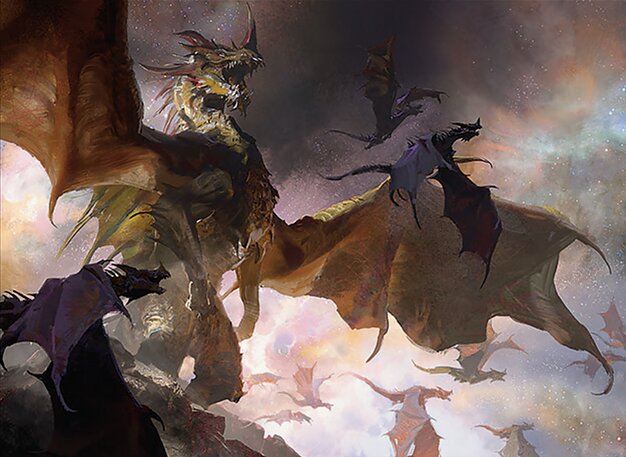
The Ur-Dragon
A dragon tribal deck that leverages eminence to reduce the cost of dragons, draw cards, and cheat permanents onto the battlefield with powerful dragons to overwhelm opponents.
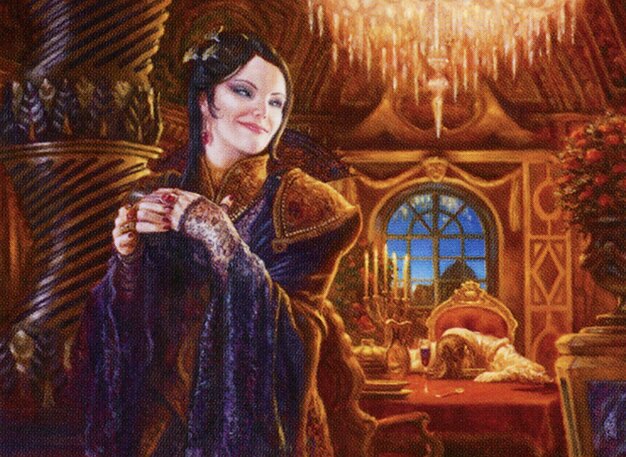
Marchesa, the Black Rose
A dethrone and +1/+1 counter tribal deck that recurs creatures that die with counters, building a resilient undead army and applying pressure through combat damage.
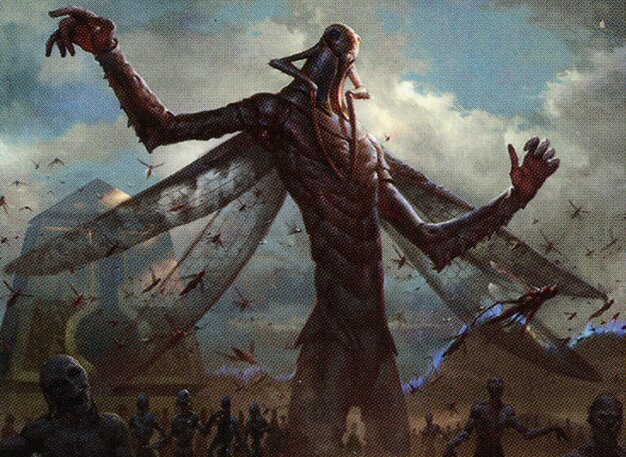
The Locust God
A flying insect tribal deck that creates numerous token creatures by drawing cards, often using haste and evasion to quickly deal damage and chip away at opponents.
Gameplay Insights
- 1
Marchesa capitalized on dethrone by placing +1/+1 counters and recurring creatures that died with counters, establishing a persistent board presence.
- 2
Ur-Dragon used mana ramp and Dragonkind's filtering ability to quickly access dragons and draw cards, enabling explosive plays.
- 3
Locust God capitalized on card draw triggers to produce numerous insect tokens with flying and haste, exerting constant pressure.
- 4
Ms. Bumbleflower's group hug approach fostered a political atmosphere where players negotiated attacks and avoided early aggression to preserve their board state.
- 5
Players were cautious about commander damage tracking and life totals, influencing their decisions to attack or hold back.
- 6
Strategic artifact plays like Lightning Greaves and Ruby Medallion accelerated key threats and protected important creatures.
- 7
The use of Draa Mystic to reveal top cards and force graveyard interactions created additional card advantage and decision-making layers.
Notable Cards
-
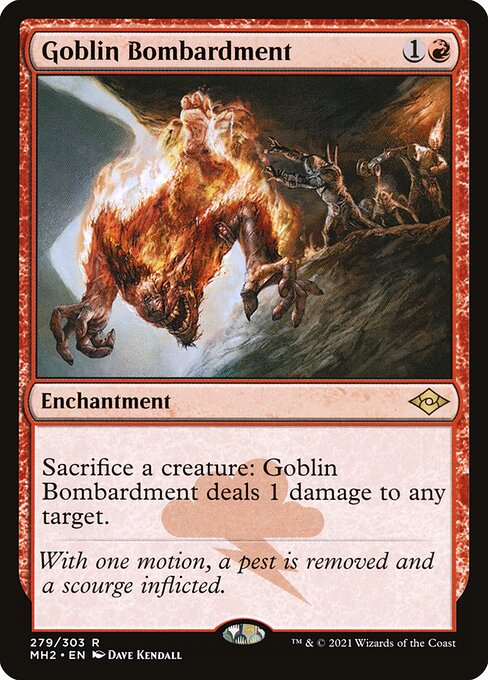
Goblin Bombardment
-
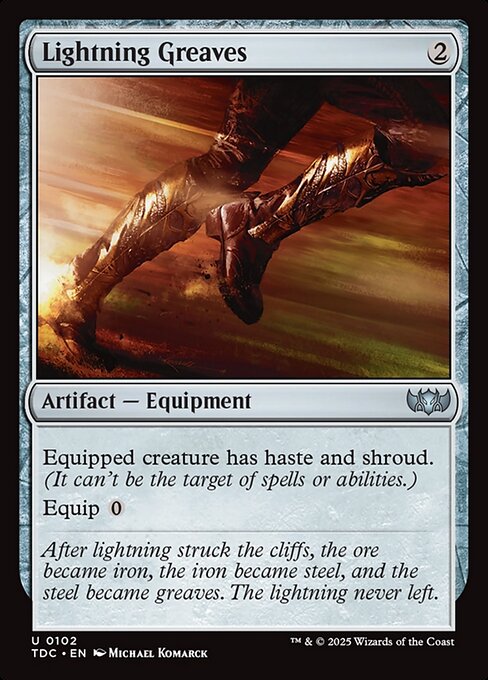
Lightning Greaves
-
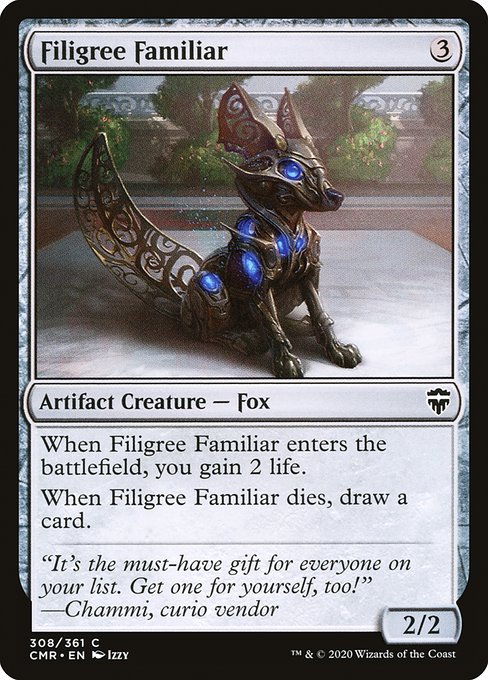
Filigree Familiar
-

Blood Crypt
-

Sulfur Falls
Gameplay Summary
The game began with a typical ramp and setup phase where each player developed their mana base and played early creatures or artifacts to support their strategies.
Ms. Bumbleflower focused on group hug elements, drawing and providing resources to the table, while Marchesa, the Black Rose, steadily built an undead army through her dethrone mechanic, ensuring creatures stuck around after dying.
The Ur-Dragon player aimed to reduce dragon casting costs and put large dragons or any permanents from hand onto the battlefield, leveraging eminence for card advantage.
The Locust God player established a bug army with flying and haste, generating tokens through card draw triggers. As the game progressed, the Ur-Dragon deck demonstrated strong synergy with dragon-related mana ramp and card draw, including key cards like Horn of the Dragons and Dragonkind, enabling efficient dragon deployment and hand refilling.
Marchesa's strategy of growing creatures with +1/+1 counters and recurring them kept pressure on opponents while maintaining board presence.
The Locust God player created multiple insect tokens, threatening to overwhelm opponents with flying attackers.
Ms. Bumbleflower maintained a supportive role, fostering a group hug atmosphere but also ready to punish aggressive actions.
The game saw moments of tense negotiation around attacks and life totals, with some players choosing to avoid conflict to better position themselves for upcoming turns.
Overall, the shifting board state and incremental advantage plays set the stage for explosive turns driven by dragons and recurring creature threats.


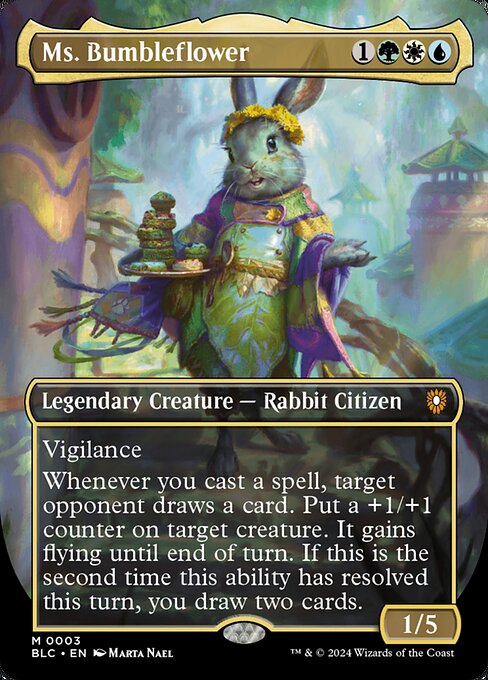
















![Commander VS S1E2: Keranos v. Marchesa v. Animar v. Ruric Thar [MTG Multiplayer] thumbnail](https://i.ytimg.com/vi/zQYgG45Yzuk/sddefault.jpg)

![Commander Versus Series: Marchesa v. Selvala v. Grenzo v. Muzzio [MTG Multiplayer] thumbnail](https://i.ytimg.com/vi/_6xdmzdhTDg/sddefault.jpg)













![Commander Randomizer Part 2 [Commander VS 316] | Magic: the Gathering Commander Gameplay thumbnail](https://i.ytimg.com/vi/okRK1jVYfno/sddefault.jpg)

![Commander VS S16E7: The Locust God VS Horde of Notions VS Tatyova VS Balan [EDH] thumbnail](https://i.ytimg.com/vi/yqrnU70Qx6I/sddefault.jpg)




